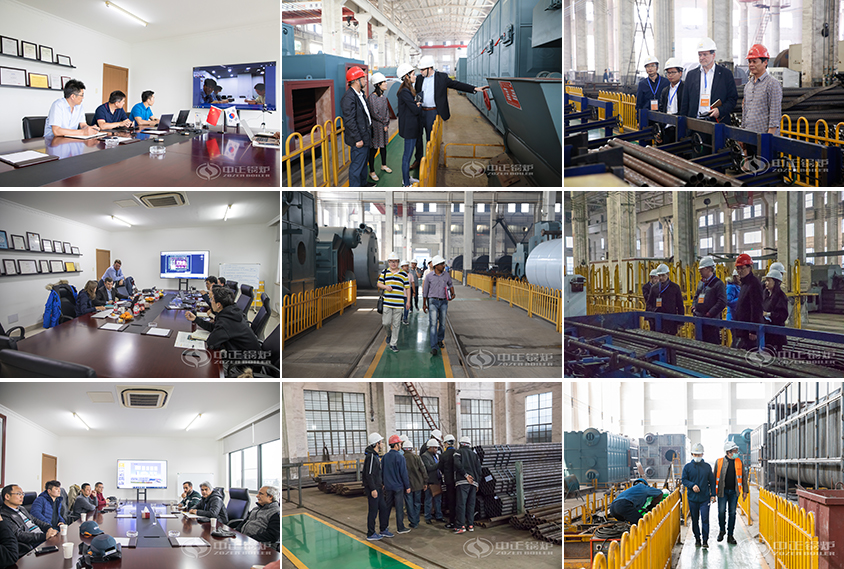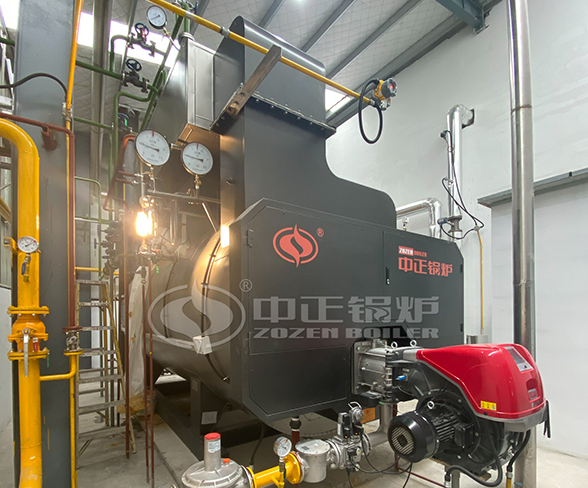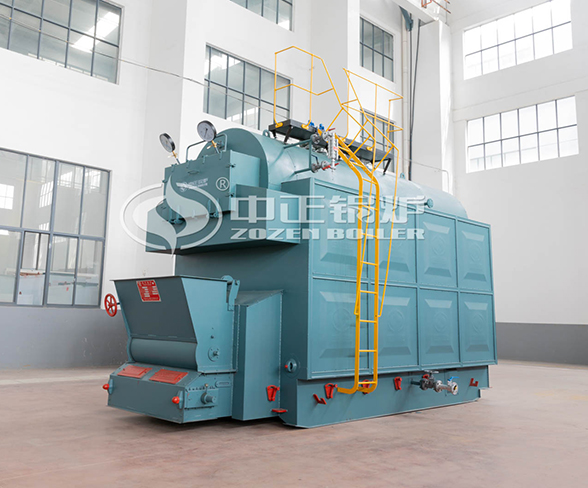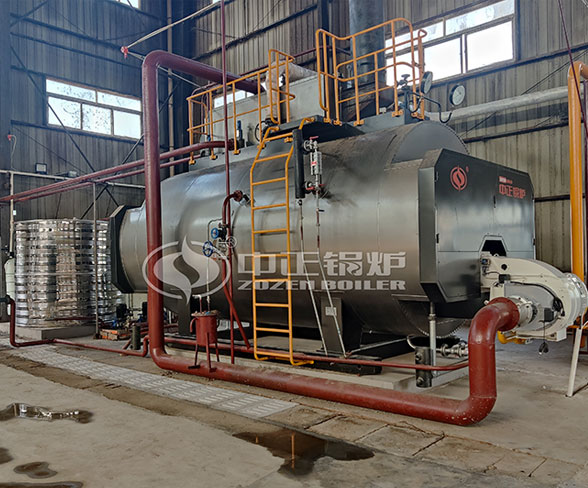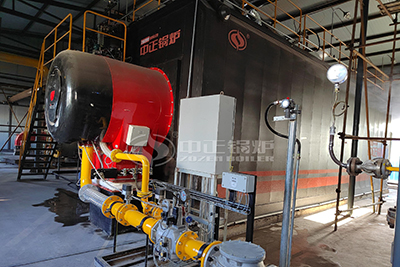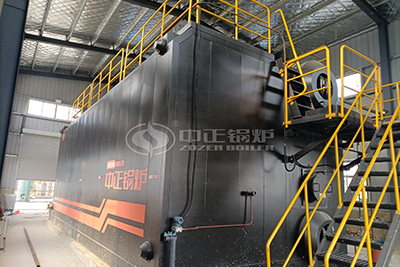Thermal fluid heaters refer to a boiler heated by heat-conducting oil. Heat transfer oil, also known as organic heat carrier or heat medium oil, has been used as an intermediate heat transfer medium in industrial heat exchange processes for more than 50 years. A once-through boiler developed based on the idea of forced circulation design. Generally, coal, oil, and gas are used as fuels, and heat-conducting oil is used as the medium, and the liquid is circulated through the medium by using a hot oil circulation oil pump.

After the thermal energy is sent to the heating equipment, it is returned to the heating furnace for reheating. It has a high working temperature under low pressure and can perform high-control work on the operation of the medium. The system has high heat utilization rate, convenient operation and maintenance, closed-loop heating and atmospheric communication, which can extend the service life of the boiler, and the liquid phase or gas phase conveys heat. The heat-conducting oil boiler adopts a three-return coil design and the system sets an expansion water tank , To achieve low-pressure high-temperature heating.
Adopting coiled tube structure, sufficient heating surface, sufficient expansion for absorption. Imported low NOX burner, full combustion, belongs to environmental protection products. The boiler can be controlled by advanced touch screen computer controller and digital computer controller. With automatic temperature adjustment, automatic ignition, and differential pressure, over temperature, flameout protection. Boiler manufacturing specifications are manufactured in strict accordance with relevant national standards.

For the electric heating oil furnace, the heat is generated and transmitted by the electric heating element immersed in the heat-conducting oil. The heat-conducting oil is used as the medium, and the circulation pump is used to force the heat-conducting oil to perform liquid-phase circulation to transfer heat to one or more heat after the heat equipment is unloaded, the equipment passes the circulating pump again, returns to the heater, and then absorbs the heat and transfers it to the heat equipment. This cycle is repeated to achieve continuous heat transfer and increase the temperature of the heated object to reach the heating process.


